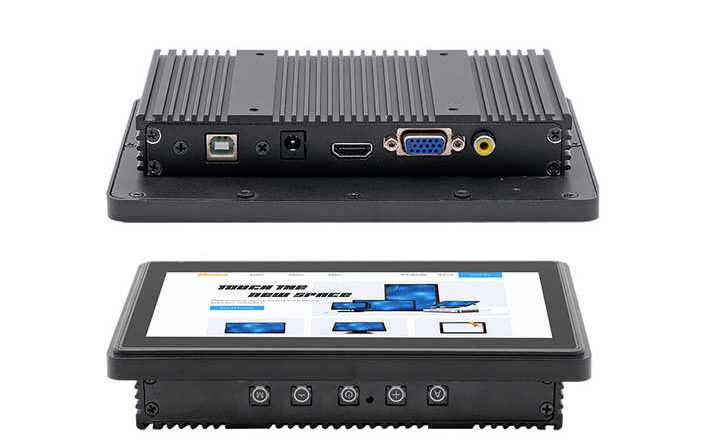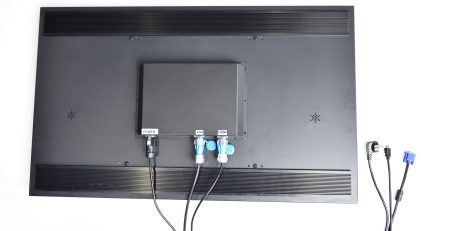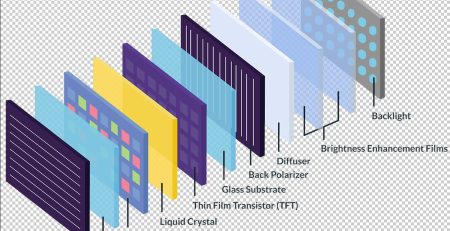The reliability of industrial displays often starts with the selection of industrial display housing materials. In factory workshops, outdoor base stations or chemical control rooms, metal shells are the most common protective carriers, and aluminum alloys and stainless steel have become the two mainstream choices due to their outstanding comprehensive performance. Although both are metals, the differences in physical properties, corrosion resistance and scene adaptability directly affect the life, maintenance cost and functional realization of the equipment.
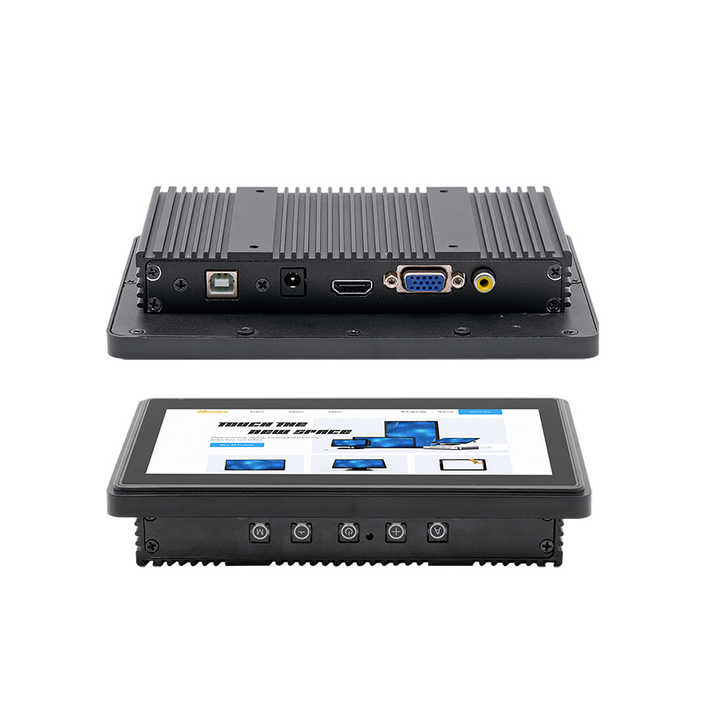
From the perspective of physical properties, the core differences between aluminum alloys and stainless steel industrial display housing are reflected in density, thermal conductivity and mechanical strength. The density of aluminum alloy is about 2.7g/cm³, which is only 1/3 of that of stainless steel, which is about 7.9g/cm³. The weight advantage is significant under the same volume, which is particularly critical for equipment that needs to be moved or installed in limited space. In terms of thermal conductivity, the thermal conductivity of aluminum alloy is about 200W/(m·K), which is 12 times that of stainless steel, which is about 16W/(m·K). The heat of high-power display during operation can be quickly diffused through the aluminum alloy shell, reducing the risk of screen aging or component failure. However, the mechanical strength of aluminum alloy is slightly inferior, and the tensile strength is usually 200-300MPa (can be increased to higher by heat treatment), while stainless steel such as 304 series has a tensile strength of about 520MPa and 316 series has a tensile strength of about 580MPa, which is more stable when subjected to impact or static loads.
Corrosion resistance is the core indicator of industrial display housing materials, and the corrosion resistance mechanism and environmental adaptability of the two are significantly different. The corrosion resistance of aluminum alloy depends on the naturally formed aluminum oxide passivation film on the surface. The thickness of this film is only about 5-10nm. It can provide basic protection in dry air, but it is easily destroyed in salt spray, strong acid or strong alkali environment, resulting in pitting or general corrosion. To improve corrosion resistance, it is necessary to thicken the oxide film to 5-25μm through anodizing process, or spray epoxy resin/fluorocarbon coating, and the salt spray test after treatment can reach more than 1000 hours. The corrosion resistance of stainless steel comes from the chromium oxide passivation film formed by chromium. The film has a dense structure and strong self-repairing ability. The salt spray test of 304 stainless steel in a neutral environment can reach 5,000 hours. 316 stainless steel contains molybdenum, which has stronger resistance to chloride ion corrosion and is suitable for harsh environments such as chemical workshops and coastal equipment.
When selecting industrial display housing, it is necessary to weigh the specific needs: if the equipment needs to be moved frequently, is sensitive to weight, or requires efficient heat dissipation, the comprehensive advantages of aluminum alloy are more prominent; if the equipment is exposed to a corrosive environment for a long time or needs to be cleaned frequently, the corrosion resistance and easy maintenance of stainless steel are rigid needs. In addition, cost is also a key factor-the cost of aluminum alloy raw materials is about 20-40 yuan/kg, except for special alloys, with a short processing cycle (high extrusion molding efficiency), suitable for large-scale standardized production; the cost of stainless steel raw materials is about 15-60 yuan/kg, and the processing is difficult. Because of its high hardness, high viscosity, and high mold loss, it is more suitable for small batch customization or high corrosion resistance requirements.
The material selection of industrial display housing is essentially the sorting of “demand priority”. There is no absolutely “better” material, only solutions that are more suitable for the scene: aluminum alloy is known for its light weight, low cost and efficient heat dissipation, covering most conventional industrial environments; stainless steel is irreplaceable in extreme or high maintenance scenarios due to its corrosion resistance and long-term stability. By clarifying the core requirements of the equipment such as weight, heat dissipation, environmental corrosion, and budget, you can quickly locate the optimal solution.
Golden Margins –Entire Range of Touchscreen Products
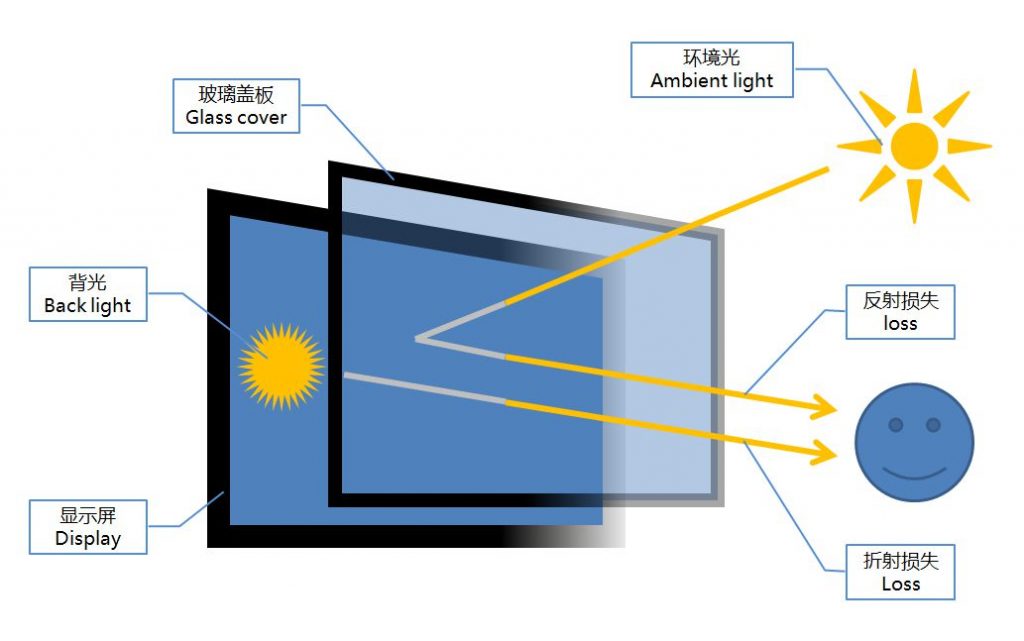
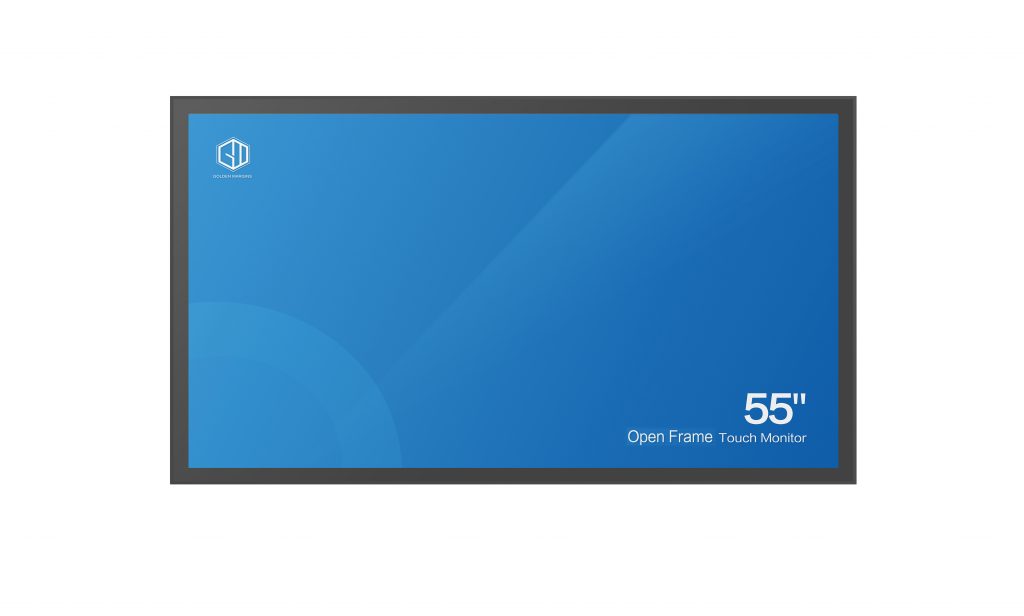
We hope you found these touchscreen or panel PC fundamentals informative. Goldenmargins offers a broad selection of Industrial Touchscreen Monitors and Touch Panel PCs in various sizes and configurations, including medical touch screens, sunlight-readable touch screens, open-frame touch screens, and waterproof touch panels, as well as other unique touch screen or panel PC designs. You can learn more about our services HERE or by calling us at +86 755 23191996 or sales@goldenmargins.com


